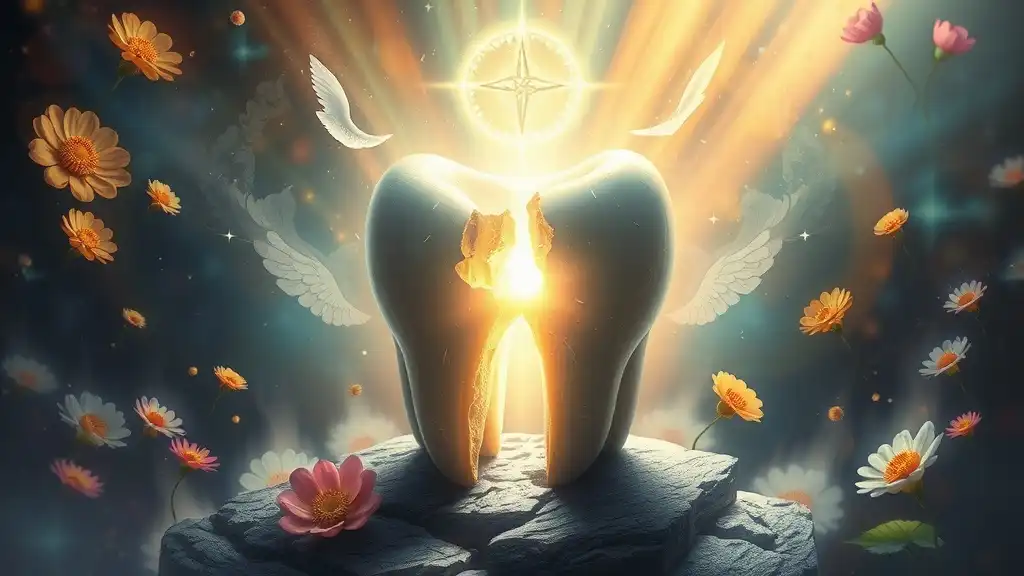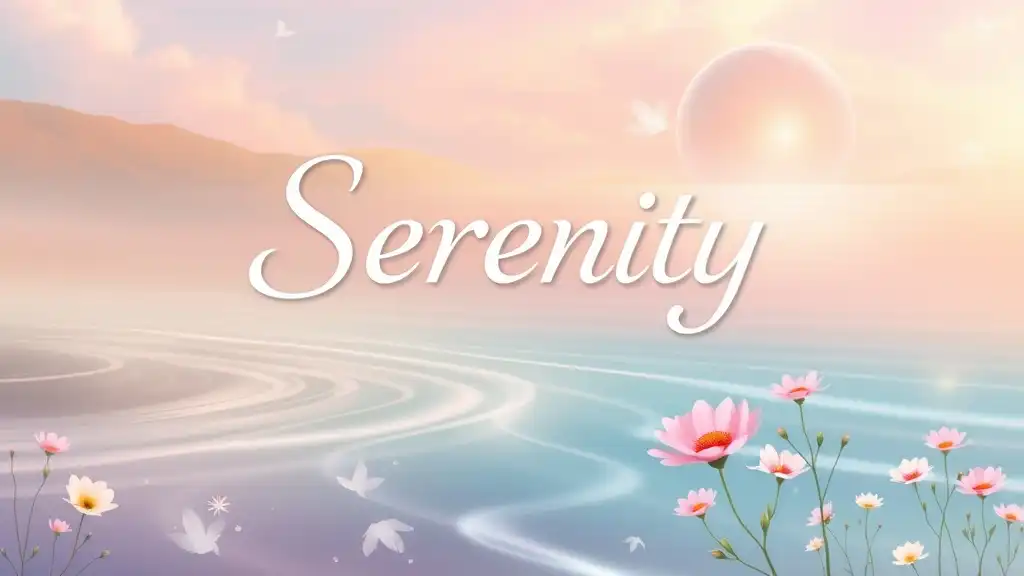Reiki is a spiritual healing practice that transcends mere physical treatment. Its roots can be traced back to Japan in the early 20th century, where it was developed by Mikao Usui as a method of relaxation and stress reduction. Exploring the spiritual meaning of Reiki offers profound insights into our interconnectedness with the universe and the subtle energies that surround us.
The Essence of Reiki
At its core, Reiki is defined as a holistic healing practice that channels universal life force energy, often referred to as "Ki." This energy flows through every living being and is fundamental to our existence. When a practitioner receives extensive training and attunement, they learn to access and redirect this energy to facilitate healing. The essence of Reiki lies in its ability to support both physical and emotional health, making it a comprehensive tool for well-being.
A key component of Reiki is the role of the practitioner, who acts as a conduit for universal energy. This practice is grounded in the belief that by harnessing this energy, one can promote healing, relaxation, and balance not only within themselves but also in others.

Spiritual Philosophy Behind Reiki
The spiritual philosophy behind Reiki emphasizes the connection between the mind, body, and spirit. It teaches that wellness goes beyond the absence of illness; it encompasses a harmonious state of being where physical vitality, emotional clarity, and spiritual depth coexist.
Understanding the concept of universal life force energy is fundamental to appreciating Reiki. This energy is available to all, flowing through every aspect of our lives and the world around us. Intention is crucial in Reiki practice; practitioners set a powerful intention for healing before each session, which helps focus the energy for the highest good of the recipient. This fusion of intent and energy makes Reiki a deeply spiritual practice.

Reiki Symbols and Their Meanings
Reiki utilizes specific symbols that enhance the flow of energy and serve various purposes in the healing process.
- Cho Ku Rei: Often referred to as the "Power Symbol," it is used to increase energy and can be drawn to amplify the practitioner's healing intention.
- Sei He Ki: This is known as the "Emotional Symbol," which helps in healing emotional blockages and fostering emotional harmony.
- Hon Sha Ze Sho Nen: This symbol is the "Distance Symbol," allowing practitioners to send healing energy across time and space, making it a vital tool for long-distance healing.
Each of these symbols encapsulates a specific spiritual significance, enriching the healing experience and expanding the practitioner's abilities. They convey a deeper message of connection to the divine, representing energies that heal not only the physical body but also emotional and spiritual wounds.

The Impact of Reiki on Spiritual Growth
Engaging with Reiki often leads to substantial personal transformation. One of the most significant impacts is its ability to promote self-discovery and mindfulness. Practicing Reiki encourages individuals to connect with their inner selves, facilitating a greater understanding of their purpose and spiritual path.
Moreover, Reiki is a powerful tool for emotional healing. Many practitioners experience profound emotional release during sessions, often finding long-suppressed feelings surfacing for acknowledgment and healing. This emotional clarity can be pivotal in advancing one's spiritual awareness, allowing individuals to align more closely with their true selves.
Many practitioners and recipients report transformative testimonials, sharing personal journeys that reflect deep insights and spiritual awakenings catalyzed by Reiki. These stories exemplify how Reiki aids in shedding old belief systems and fostering an expansive consciousness.

Incorporating Reiki into Daily Spiritual Practice
To harness the spiritual benefits of Reiki fully, integrating it into daily life is essential. Practical tips for incorporation include:
- Mindful Meditation: Begin or end your day with meditation, inviting Reiki energy to flow through your practice. Visualize Reiki filling your space, creating a tranquil and rejuvenating environment.
- Setting Intentions: Each morning, set an intention for your day, focusing on how you wish to channel Reiki energy in your interactions and experiences.
- Creating a Sacred Space: Establish a quiet sanctuary in your home where you can practice Reiki or simply relax. Incorporating elements that resonate with you—such as crystals, candles, or calming sounds—can enhance this environment.
Incorporating these practices fosters a deeper connection to the energy surrounding us and enhances our overall spiritual journey.

Reiki and Other Spiritual Practices
Reiki is often compared to other healing modalities, creating opportunities for synergy in holistic wellness. Practices such as meditation, Ayurveda, and yoga share common principles with Reiki, promoting balance and harmony within the body, mind, and spirit.
Each practice caters to different aspects of healing, yet all complement Reiki’s approach to energy work. Recognizing the connections among these spiritual practices allows individuals to create a well-rounded spiritual routine that addresses various dimensions of their well-being.

Conclusion
The spiritual meaning of Reiki extends far beyond its application as a healing art. It invites individuals to explore their interconnectedness with the universe, empowers them to take charge of their healing journeys, and encourages personal growth and transformation. As you step into the realm of Reiki, may you uncover the profound energy that nurtures not just your physical health but your entire being, fostering a sense of peace and spiritual fulfillment on your life’s journey.



















